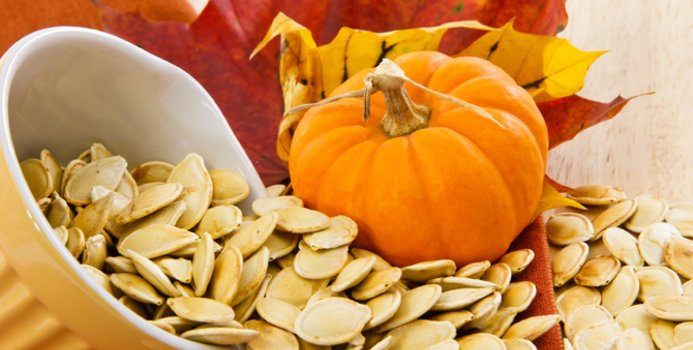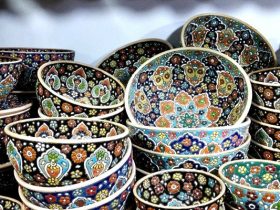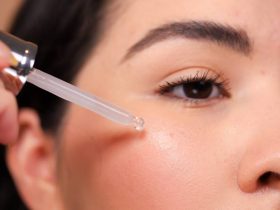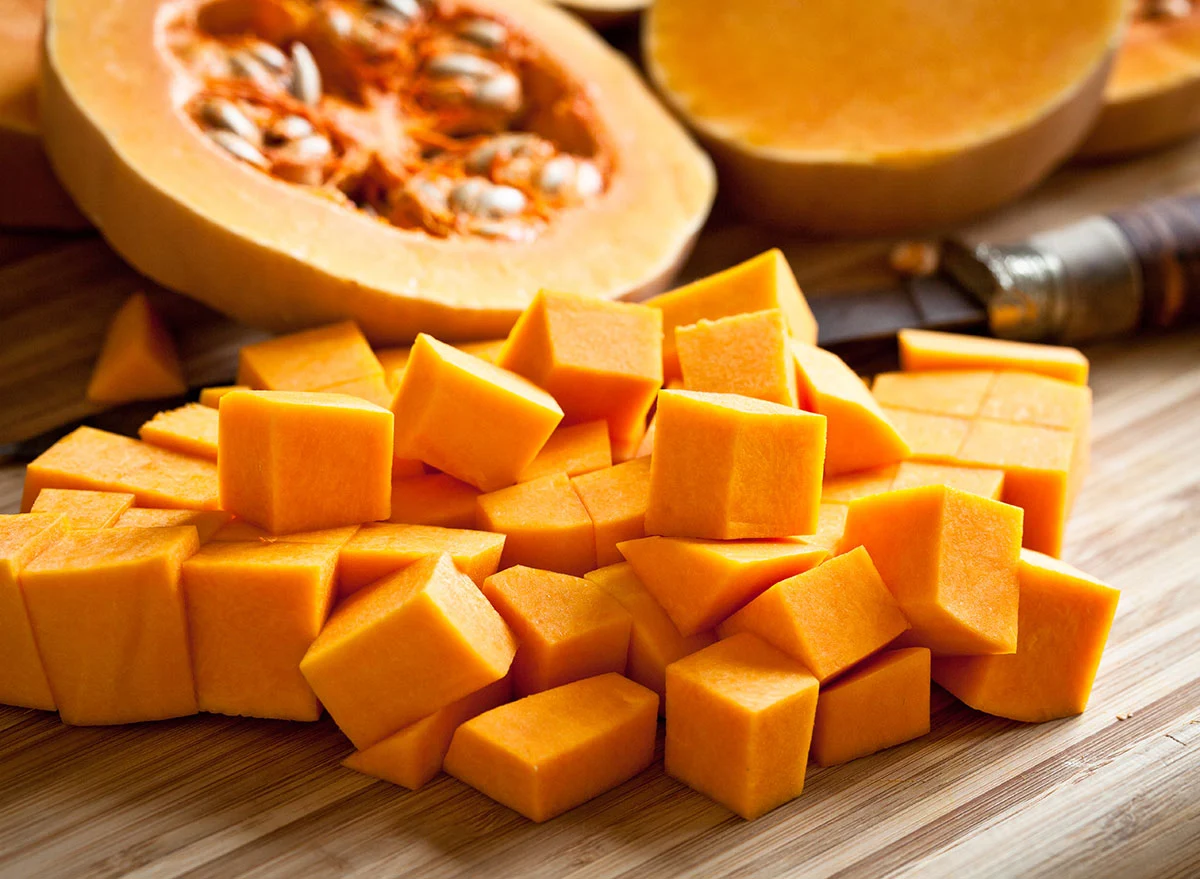No products in the cart.

It contains vitamin A, vitamin C, antioxidant par excellence, and a variety of B complex vitamins.
Its orange-yellow colour is due to flavonoids, which are beneficial to reduce the suffering of cardiovascular diseases and inhibit the oxidation of bad cholesterol.
It also helps fight flu, urinary problems and macular degeneration.
Pumpkin seeds
Pumpkin seeds Pumpkin seeds
They are named pumpkin seeds, pepitas or pipes. They belong to dried fruits like walnuts, hazelnuts, pistachios, pine nuts, sunflower seeds and cashew.
The amounts of seeds range between 150 and 700 depending on the type of pumpkin.
How can pumpkin seeds be consumed?
Raw: they are extracted and consumed directly from the fruit. It can be eaten with or without the peel. You must chew it well in the first case not to damage your throat or cause stomach pain.
Baked, toasted or cooked: the first thing you should do is preheat the oven to 1900C, separate the seeds from the pulp, wash and dry them. If you want, you can season them with curry, cayenne pepper, nutmeg, cloves, cinnamon and salt. These ingredients will give you a balanced touch of sweetness and savoury. Wait 20 min to remove them.
Fried: it is one of the easiest preparations; you only need olive oil, the seeds and a frying pan. You will see that they are ready when they start jumping.
Caramelized: you have to mix the seeds with sugar in a pan over low heat. They are ready when they start jumping. Keep in mind that this increases their calories.
Added to preparations: the seeds are an ingredient in countless recipes; they are used in puddings, salads, bread, palanquetas, soups, stews, among others.
Other forms of consumption are ground or powdered, and this preparation is used to add it to salads and purees and make flour.
Amino acids
The amino acids combine to form the proteins that pumpkin contains.
Acids
Provides aspartic, oligo and palmitic, linoleic acids.
In addition, it also has the following properties:
Tenifugas
Antipyretic
Vermifuges
Antidiarrheal
Healing
Laxatives
Emollients
Hypotensivepumpkin benefits
We have already commented on it, but it should be noted that one of the greatest benefits of pumpkin is the low-calorie content it offers, and on the contrary, the great contribution of water and fibre that it has. But it also has many other benefits that should be highlighted.
Lose weight
The pumpkin offers a great contribution of fibre to the organism, which allows facilitating digestion. In addition, they also have a satiating effect that keeps you full for longer.
Energy after exercise
We know that plantain and banana contain a high potassium level, but you will be surprised to know that pumpkin beats it highly. For example, this has approximately 100 milligrams more potassium than the banana can count, which makes it an ideal extra natural energy supply for after exercising.
It helps the immune system.
Thanks to the vitamin A that pumpkin contains, it helps us strengthen our immune system and prevent and fight infections and viruses. Also, its high vitamin C content allows us to recover more quickly from colds and other conditions.
Improves vision
Beta-carotene, which becomes vitamin A once in the body, is the cause of the orange colour of these foods. Once it is converted into vitamin A, it is essential to maintain proper eye health, as discussed in the previous post.
In addition, pumpkin also contains lutein and zeaxanthin; both antioxidants prevent eye problems such as cataracts.
Contributes to the mood
Thanks to the tryptophan that pumpkin contains, it becomes the perfect help to fight depression.
Heart health
Pumpkin is rich in magnesium, which helps our body carry out different important functions such as the creation of adenosine triphosphate, helps to synthesize DNA, collaborates in the formation of bones and teeth, and facilitates pumping from the heart. It will be enough to take a half cup of the pumpkin seeds to carry out all these good functions.
Rejuvenates the skin
Beta-carotene, mentioned above, is also a good ally for the health of our skin, and it helps us protect ourselves from the sun’s rays. In addition, we can also make a homemade facial mask with the pulp of the pumpkin that will help us to hydrate and exfoliate the skin.
They facilitate sleep
Both the pumpkin and the seeds contain tryptophan, which is converted into serotonin and allows us to improve the quality of sleep, and therefore we sleep better.
Iron contribution
Pumpkin offers a great contribution of iron, which helps maintain the necessary blood levels and provides energy to the body.
Prevents cancer
Beta carotene becomes a great protagonist of pumpkin, and it is that it can also help fight cancer. According to different studies, beta-carotene can help prevent prostate and lung cancer. This is because both vitamins A and C act as defences against free radicals that cause this disease.
Helps in diabetes
According to different studies, pumpkin can help lower blood glucose levels and better tolerate glucose and increase the amount of insulin the body produces.
As you can see, adding pumpkins to the diet can only bring positive things. In addition, it is a food with many alternatives when cooking it since you can make it in cream, juices, baked with other vegetables, in desserts and endless options that will give you great versatility in the kitchen.
What are the properties of pumpkin seed?
Pumpkin Seeds Properties Dried Pumpkin Seeds
Pumpkin seeds contain zinc, magnesium, iron, manganese, selenium, copper, and phosphorous.
It also contains B-complex vitamins, vitamin A, riboflavin, niacin, and thiamine.
It also has 24% proteins, phytosterols and amino acids such as cucurbitacin, cysteine, alanine, glycine and tryptophan.
Salicylic acid is another of its properties and is beneficial as an analgesic and antirheumatic.
It also contains the fatty acids Omega 3, Omega 6 and Omega 9.
Nutritional value of pumpkin seeds
The nutritional value of the seeds varies according to the classification of the pumpkin.
For example, the seeds of the Cucurbita Máxima are rich in carbohydrates, fats and proteins.
They provide the body for every 100 g consumed, 24.4 g; 46.7 g; and 25.7 g, respectively.
How many calories do pumpkin seeds have?
The parts of the pumpkin are the highest in calories; for every 100 g consumed, it has 500 Kcal.
What’s your reaction?
Love0
Sad0
Happy0
Sleepy0
Angry0
Dead0
Wink0










